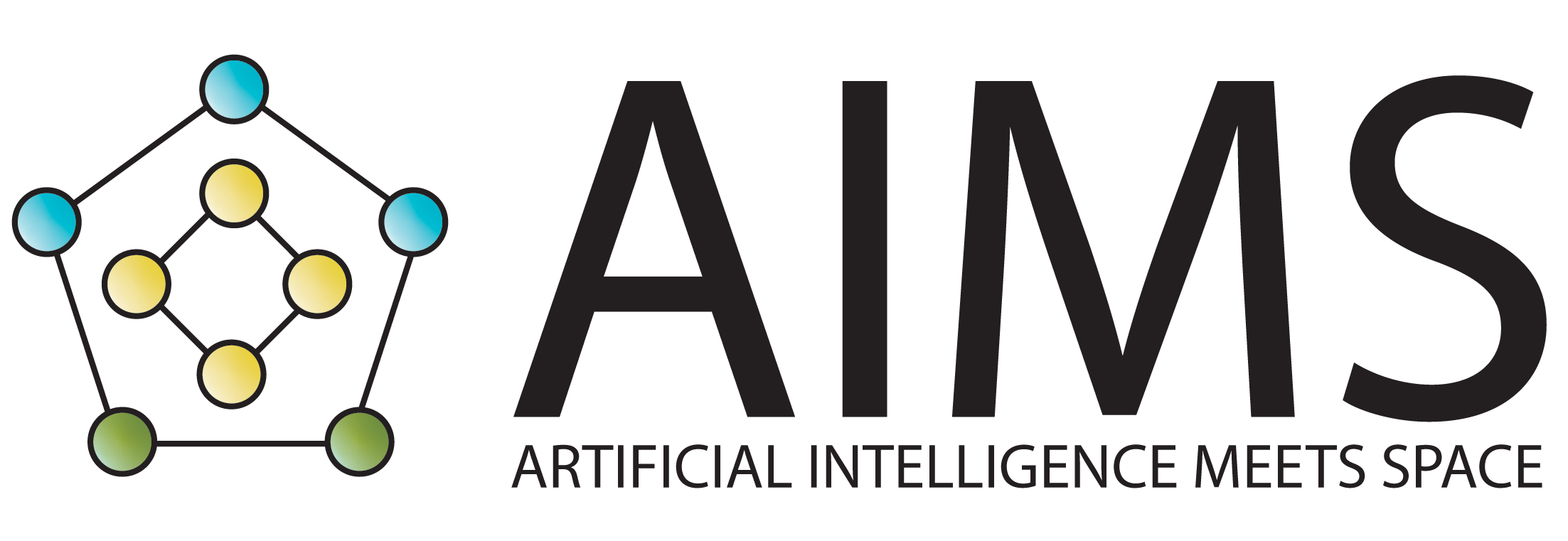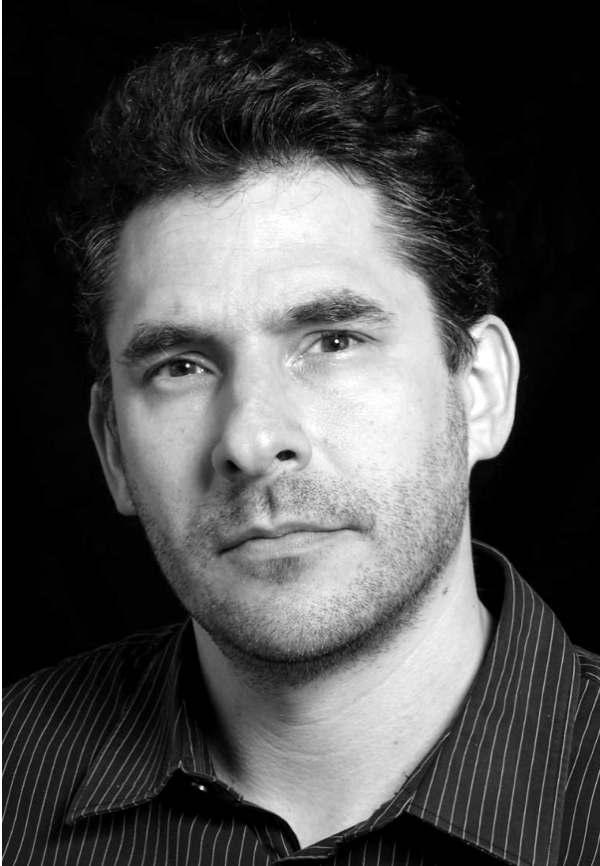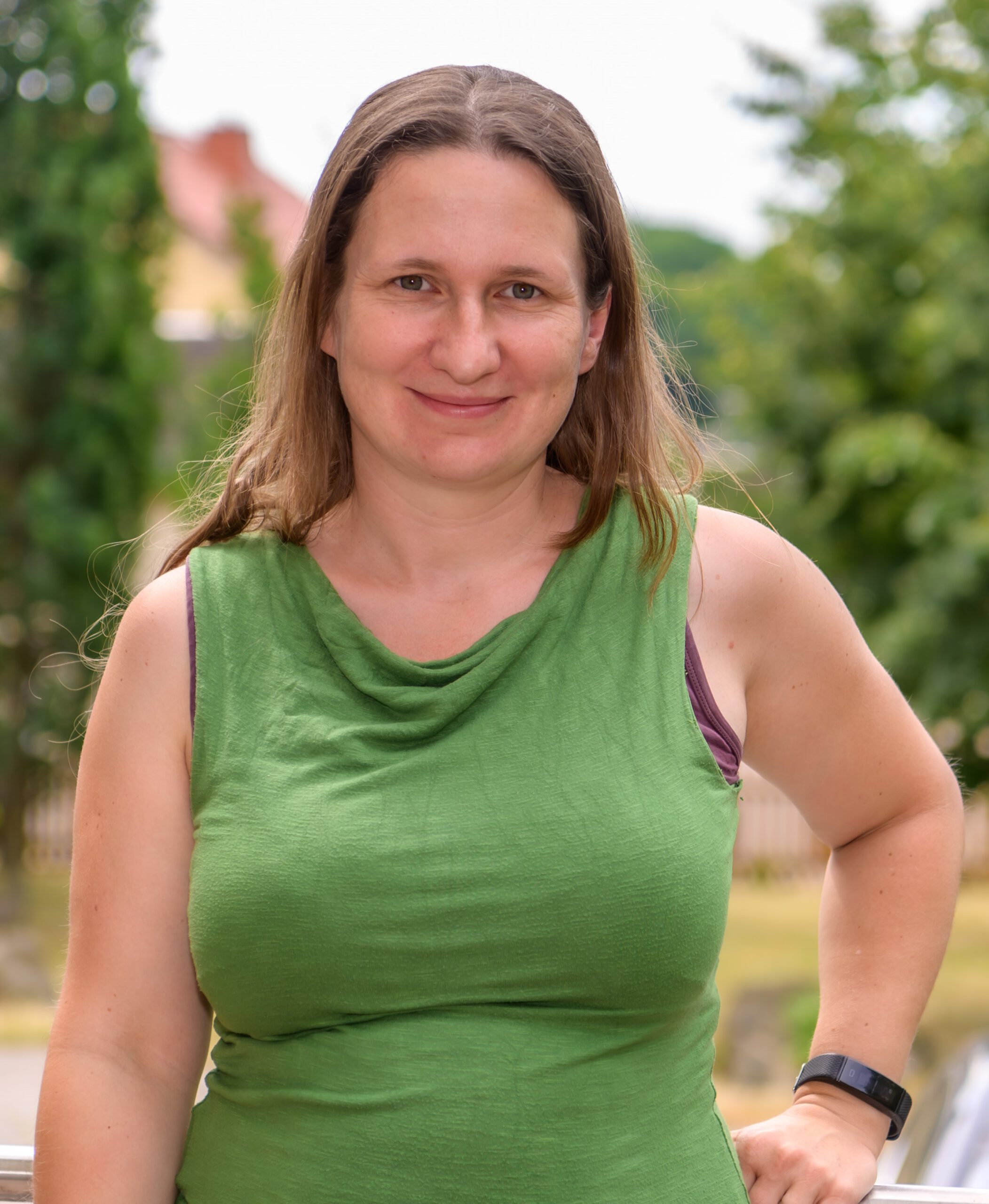

More About DAIMLER
Milestones:
1) Development of a GAN for optimal AI training with limited data
2) Application to FLUMIAS data
3) Data reduction and prioritization of FLUMIAS and PK4 data.
In this subproject, smart interpretable AI methods for problem-specific data reduction are to be developed and established in order to achieve targeted data selection in microgravity experiments for prioritization in data transfer. On the other hand, interpretable AI models for the generation/modelling of artificial data are to be developed, which can be used as substitute data for real experimental data for the training of AI models.
The method of choice here is a Generative Adversarial Network (GAN), which produces new, artificial data with a predefined distribution based on a few experiment points, which is used to train an AI for data prioritization. In contrast to numerical simulations, GAN generation is significantly faster and requires less implementation effort. Another advantage of GANs is that rare non-Gaussian events (“rare events” or outliers) can already be generated as data in the test phase, thus preparing the evaluation AI for flight in the best possible way. It should be emphasized that the GAN can be applied to any experiment. The GAN can be trained on numerical simulations or on experimental data. The GAN must be adapted with regard to the probability distribution of rare events and the GAN-inherent AI classification model must be designed to be interpretable.GANs have been defined as a priority in the federal government’s AI initiative. Specifically, the GAN is to be tested on data from the FLUMIAS experiment in cooperation with Dr. Böhmer’s sub-project. Artificially generated plant roots are to serve as the basis for training using the GAN. The starting point for data reduction and prioritization are interpretable AI models based on vector quantization models including task-specific data preprocessing and feature extraction. Using the information bottleneck model, an efficient data reduction or optimal decision strategy is realized as an AI model. The executability of the trained model and the specific data preprocessing on minimal hardware (Raspberry Pi) is the limiting hardware requirement to ensure the use on the ISS or future unmanned platforms.
The performance of the AI models, which are based on the results of the DLR AID project, is to be demonstrated in the sub-projects of Dr. Böhmer, Dr. Teiser, Prof. Sperl and Prof. Schwarz. Close methodological coordination must also be carried out with the sub-project of Prof. Villmann.
Publications
2023
- Compression of Particle Images for Inspection of Microgravity Experiments by Means of a Symmetric Structural Auto-Encoder. 2023 13th Workshop on Hyperspectral Imaging and Signal Processing: Evolution in Remote Sensing (WHISPERS).
2021
- AtmoFlow – Investigating planetary fluid flow on the International Space Station. EGU General Assembly 2021.
- Heat transport in turbulent electro-hydrodynamics. EGU General Assembly 2021.
- Verwendung der Wollaston-Scherinterferometrie zur Untersuchung des Brechungsin-dexgradienten in einem differentiell beheizten Ringspalt. Experimentelle Stromungsmechanik: 28. Fachtagung. 19.
2020
- F. Zaussinger, P. Haun, P. Szabo, V. Travnikov, M. Al Kawwas, and C. Egbers, “Rotating spherical gap convection in the GeoFlow ISS experiment,” Accepted for publication in Phys. Rev. Fluids, 2020.
- V. Travnikov, F. Zaussinger, P. Haun, and C. Egbers, “Influence of the dielectrical heating on the convective flow in the radial force field,” Phys. Rev. E, vol. 101, iss. 5, 2020. doi:10.1103/PhysRevE.101.053106
- P. Szabo, F. Zaussinger, P. Haun, V. Travnikov, M. Meier, and C. Egbers, “Complementary numerical and experimental study in the baroclinic annulus for the microgravity experiment AtmoFlow,” in EGU general assembly conference abstracts, 2020, p. 20956.
- F. Kupka, F. Zaussinger, D. Fabbian, and D. Krueger, The ANTARES code: recent developments and applications{IOP Publishing}, 2020.
2019
- F. Zaussinger, P. Canfield, A. Froitzheim, V. Travnikov, P. Haun, M. Meier, A. Meyer, P. Heintzmann, T. Driebe, and C. Egbers, “AtmoFlow – Investigation of atmospheric-like fluid flows under microgravity conditions,” Microgravity science and technology, 2019. doi:10.1007/s12217-019-09717-7
- F. Zaussinger, C. Egbers, P. Canfield, P. Haun, V. Travnikov, A. Froitzheim, A. Meyer, and M. Meier, “AtmoFlow – Investigation of atmospheric-like fluid flows under micro-gravity conditions,” in EGU general assembly conference abstracts, 2019, p. 8441.
- F. Zaussinger, “Influence of internal heating on convection in the rotating spherical gap.,” in Book of Abstracts – ETC 2019, 2019.
- F. Zaussinger, “AtmoFlow – Investigation of atmospheric-like fluid flows under micro-gravity conditions,” in Book of Abstracts – ELGRA 2019, 2019, pp. 55-56.
- F. Zaussinger and F. Kupka, “Layer formation in double-diffusive convection over resting and moving heated plates,” Theoretical and computational fluid dynamics, vol. 33, iss. 3, p. 383–409, 2019. doi:10.1007/s00162-019-00499-7
- C. Egbers and F. Zaussinger, “The GeoFlow experiment on the ISS: A Review,” in Book of abstracts – elgra 2019, 2019, pp. 57-58.
- F. Zaussinger, “GeoFlow I and GeoFlow II: A Review,” in Book of abstracts, school ISTROF 2019, Instabilities and turbulence in strato-rotational flows, cottbus, 2019.
2018
- F. Zaussinger, “A dynamic beam model for the motility of listeria monocytogenes,” Acta mechanica, p. 1–18, 2018. doi:10.1007/s00707-018-2277-1
[BibTeX] [Abstract] [Download PDF] - F. Zaussinger, P. Canfield, T. Driebe, C. Egbers, P. Heintzmann, V. Travnikov, A. Froitzheim, P. Haun, and M. Meier, “AtmoFlow – Simulating atmospheric flows on the International Space Station. Part II: Experiments and numerical simulations,” in 69th IAC conference proceedings, 2018.
[BibTeX] [Download PDF] - F. Zaussinger, P. Haun, I. Mutabazi, and C. Egbers, “Dielectrically driven convection in spherical gap geometry,” in Scientific programm EFMC12, 2018, p. 46.
[BibTeX] - P. Canfield, F. Zaussinger, C. Egbers, and P. Heintzmann, “AtmoFlow – Simulating atmospheric flows on the International Space Station. Part I: Experiment and ISS-implementation concept,” in 69th IAC conference proceedings, 2018.
[BibTeX] [Download PDF] - F. Zaussinger, P. Haun, M. Neben, T. Seelig, V. Travnikov, C. Egbers, H. Yoshikawa, and I. Mutabazi, “Dielectrically driven convection in spherical gap geometry,” Phys. rev. fluids, vol. 3, p. 93501, 2018. doi:10.1103/PhysRevFluids.3.093501
[BibTeX] [Download PDF] - F. Kupka, F. Zaussinger, and M. H. Montgomery, “Mixing and overshooting in surface convection zones of DA white dwarfs: First results from ANTARES,” Monthly Notices of the Royal Astronomical Society, vol. 474, iss. 4, pp. 4660-4671, 2018. doi:10.1093/mnras/stx3119
[BibTeX] - B. Uhlig, C. Kirner, A. Preuss, J. Graf, M. Neben, and F. Zaussinger, “Kolbenring-Öltransport II : Öltransport durch die Kolbenringe,” , Frankfurt am Main 2018.
[BibTeX] [Abstract] - C. Egbers, F. Zaussinger, P. Haun, P. Canfield, V. Travnikov, and A. Froitzheim, “Convection in the spherical gap under micro-gravity conditions: From Earths mantle to atmospheric flows.,” in 20th Int. Couette-Taylor Workshop, 2018.
[BibTeX] [Download PDF] - F. Zaussinger, C. Egbers, P. Canfield, P. Haun, V. Travnikov, and A. Froitzheim, “AtmoFlow – Experimental investigation of atmospheric flows under microgravity conditions,” in EGU general assembly conference abstracts, 2018, p. 6273.
[BibTeX] [Download PDF] - F. Zaussinger, F. Kupka, M. Montgomery, and C. Egbers, Numerical simulation of DA white dwarf surface convectionIOP Publishing, 2018. doi:doi:10.1088/1742-6596/1031/1/012013
[BibTeX] [Download PDF]
2017
- V. Travnikov, F. Zaussinger, P. Beltrame, and C. Egbers, “Influence of the temperature-dependent viscosity on convective flow in the radial force field,” Physical Review E, vol. 96, iss. 2, 2017.
[BibTeX] - F. Zaussinger, C. Egbers, A. Krebs, and V. Travnikov, “New results of the spherical convection experiment Geoflow IIc,” in EGU general assembly conference abstracts, 2017, p. 7801.
[BibTeX] [Download PDF] - F. Zaussinger, C. Egbers, and A. Krebs, “The GeoFlow experiments on the ISS: Thermal convection under microgravity conditions,” in Joint Conference ISPS-7 and ELGRA-25 October, 2-6 2017, Juan-les-Pins, France, Abstract book, 2017, p. S. 30.
[BibTeX] [Download PDF] - F. Zaussinger, A. Krebs, V. Travnikov, and C. Egbers, “Recognition and tracking of convective flow patterns using Wollaston shearing interferometry,” Advances in Space Research, vol. 60, iss. 6, pp. 1327-1344, 2017. doi:https://doi.org/10.1016/j.asr.2017.06.028
[BibTeX] [Download PDF]
2016
- U. Harlander, I. Kirschner, C. Maas, and F. Zaussinger, “On the generation of internal wave modes by surface waves,” in EGU general assembly conference abstracts, 2016, p. EPSC2016-14128.
[BibTeX] [Download PDF] - M. M. B. F. A. K. Florian Zaussinger Christoph Egbers, Durchführung und Auswertung des Kugelspaltexperiments GeoFlow auf der Internationalen Raumstation (ISS) : Schlussbericht 50WM0822, {TIB Lebnitz-Infomrationszentrum Technik und Naturwissenschaften Universitätsbibliothek}, 2016. doi:10.2314/GBV:872395197
[BibTeX] - C. Egbers and F. Zaussinger, “Simulation of geophysical fluid flows in spherical shells: the geoflow experiments on ISS,” in Book of abstracts, school ISTROF 2016, Instabilities and turbulence in strato-rotational flows, july 11-13th, 2016, Le Havre, 2016.
[BibTeX] [Download PDF]
2015

Send Us A Message
Whether you are curious about the our work or want to collaborate with us, reach out to us. We are listening.










